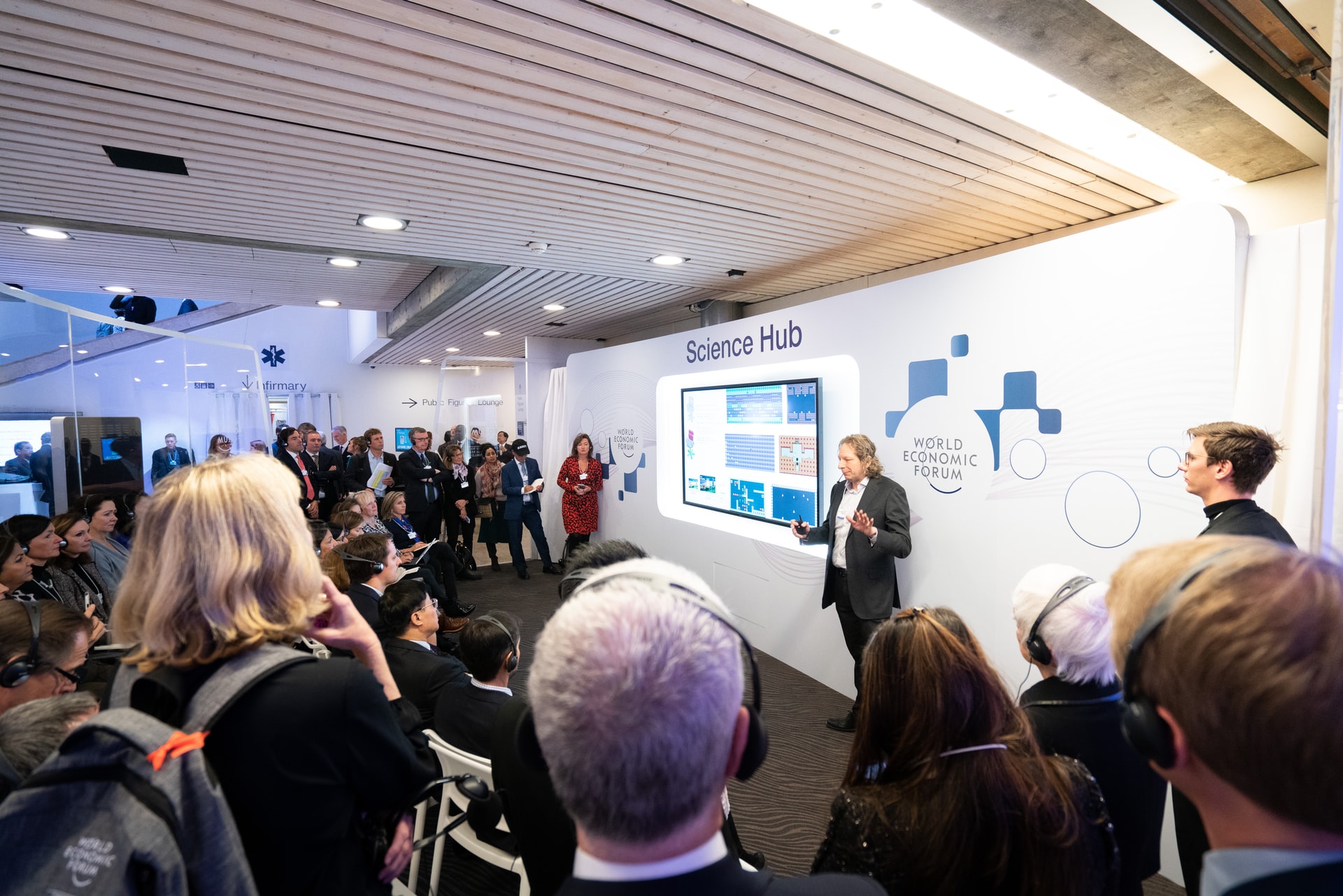Skift Take
In 2019, events were widely considered one of the most effective B2B marketing strategies. With so many small- to medium-sized enterprises (SMEs) already struggling to maintain profits, how are they coping without the benefit of traditional trade shows?
Explori, working in collaboration with UFI and SISO, surveyed 9,000 exhibitors and exhibition visitors to find out more about their views on the value of trade shows. When given a one-to-five scale for rating the impact that cancelled trade shows have had on their businesses, 23 percent responded with a five (a “very large impact”) and another 20 percent just one level down with a four.
Trade shows are among the most economical marketing strategies: they represent a one-stop-shop for raising brand awareness, generating leads, and launching new products. Most importantly, they offer a way to make connections that would otherwise be impossible.
Considering the massive networking and lead generating potential of face-to-face events, how are SMEs being impacted by the cancellation of these trade shows and what opportunities do virtual and hybrid events present to recoup some of those losses?
SMEs Are Forced to Compensate for Lost Networking Opportunities
Governments across the world have introduced subsidy and furlough programs to help support SMEs, but the situation remains challenging. The International Chamber of Commerce’s Save Our SMEs (SOS) website warns that 40 to 60 percent of small businesses never reopen after a disaster. How does the cancelation of live trade shows fit into this picture?
According to a survey from B2B Marketing Zone, over a quarter of B2B enterprises initially budgeted 50 percent or more of their 2020 marketing spend on live events. While many of the survey’s respondents planned to divert these funds elsewhere, some were reserving the money in anticipation of live events returning later in the year. Now that we are in the final quarter of 2020, it’s clear that few major in-person events will be moving forward this year, and that means businesses are missing out on the high-ROI opportunity that trade shows represent.
Even among exhibitions planned for early 2021, there are many that have switched to an online-only format — with CES 2021 being the most high-profile to make the shift. When CES announced it would be canceling the in-person component of its event, the reaction on Twitter was swift. While a few commenters expressed enthusiasm about avoiding some of the inconveniences that come with crowding, others had more sobering responses.
The lost networking opportunities are yet another blow at a time when SMEs are already facing unprecedented challenges. Tali Chen, Chief Business Officer for DSP Group, created a blog post to address these issues and share the strategies she is using to overcome them:
“In zero time, I had to rethink how to build the pipeline, maintain relationships, and follow up on the open opportunities [while managing] dispersed marketing, business, and support teams, who themselves were adjusting to working from home. […] Unlike my pre-quarantine days, where I had [combined] F2F meetings with new contacts and known contacts, and followed up afterward, I needed to initiate and approach them more actively and create an opportunity for a call.”
TALI CHEN, Chief Business Officer at DSP Group
This firsthand account echoes the responses from Explori’s July survey of exhibitors and exhibition visitors, 55 percent of whom came from companies with under 100 employees. There was a strong consensus around the impact of lost networking opportunities from cancelled events, with 66 percent of exhibitors and 67 percent of visitors citing it as the biggest downside.
The survey also asked respondents to provide feedback comparing virtual events against live ones. Both exhibitors and visitors consistently marked live events higher on a number of different metrics, with the reduced pricing of virtual events being the only advantage from the perspective of visitors. The survey’s findings are a clear signal that there is no substitute for the revenue-generating potential of the in-person experience.
Further, some of the responses could provide insights to organizers planning hybrid events. While there was strong support for safety measures like mask wearing, exhibitors cited low attendance numbers as a disincentive to attend. Similarly, the inability to touch products was a deterrent for visitors.
Berlin’s recent hybrid IFA event is a helpful proof of concept. A writer for the Italian design magazine Domus described the event as a “journalists’ paradise” because of low crowding, but at the same time acknowledged low attendance as a challenge for businesses. And even journalists represent small businesses whose advertising revenue often depends on networking:
“I think we’re going to do well from a coverage point of view, but what we’re really going to lose is the relationship-building — the informal connections which keep our business flowing from both the business and editorial sides. I believe there’s no substitute for in-person relationship-building…”
SASCHA SEGAN, Lead Analyst of Mobile at PCMag
What this means, at least in the short term, is that it will fall on virtual event elements, audiences, and engagement to pick up the slack until sizeable live audiences can meet again, which will require innovation both in technology and formats for exhibitor-to-attendee connection.
IN CONCLUSION
SMEs are feeling the impact of cancelled in-person trade shows. Their marketing strategies are heavily dependent on the synergies produced by combining product launches with the opportunity for in-person demos and networking. If virtual and hybrid events are going to provide a viable substitute for these events, they will need to find innovative ways to make virtual networking competitive with the in-person experience. Otherwise, SMEs will have to devote more resources to initiating contact with potential clients remotely.





